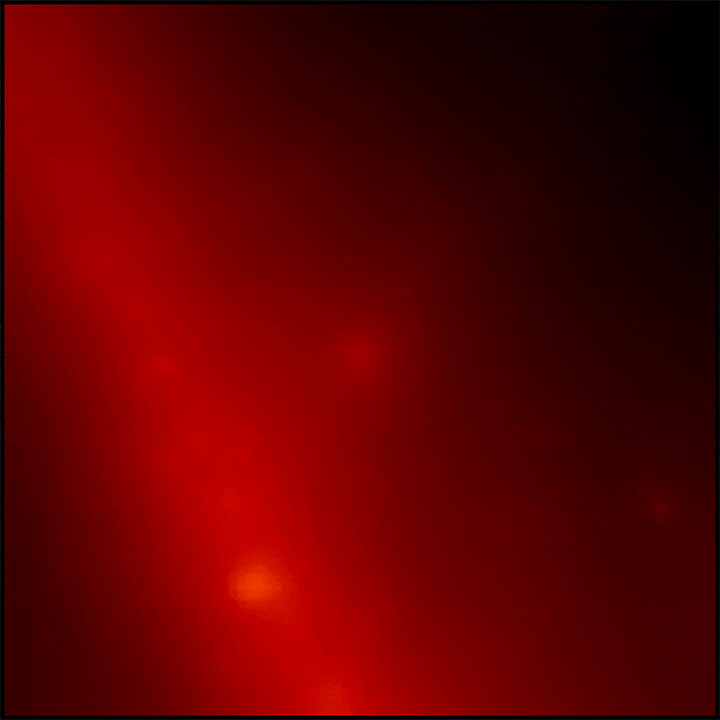If you buy through affiliate links, we may receive a commission, helping support our product testing. Learn more.
In October 2022, spacecraft and sensors worldwide picked up what scientists are now calling the brightest gamma-ray burst ever detected. It was so bright and intense that the burst created a particle that shouldn’t exist. Further, NASA research says that the burst was 1 in a 10,000-year burst, and it’s unlikely we’ll ever see another like it in our time.
Despite how excited and awed scientists were by the brightest gamma-ray burst we’ve ever detected, it has baffled scientists since its discovery in October. The main reason behind this continued amazement and bafflement is that when looking at the radio wavelengths within the signal, they don’t match the models that scientists expected.
Instead of experiencing fast jumps in energy as it evolved, the bright gamma-ray burst we detected showed a very smooth evolution, with the jet of energy evolving relatively over time. It’s a massive change from what we expect from these kinds of events, and it has left scientists digging for answers.
Even more intriguing is that scientists aren’t sure if the bright gamma-ray burst here has followed the conventional models we expect in other places, either. Typically, when a GRB like this happens, a supernova follows the event. After all, GRBs are essentially the stirring up of all the leftover material from a dying star, creating the jets of energy we see when we observe them.

But in this case, it’s unclear if this super bright gamma-ray burst ever experienced a supernova after it was observed, which has only left scientists even more confused. Ultimately, scientists have an idea of what this burst should look like days, weeks, and even months later – but the actual burst itself isn’t lining up with those models at all.
Unfortunately, it is unclear exactly what that means, but it presents a fascinating mystery for scientists. A study on the most recent findings surrounding the brightest gamma-ray burst we’ve ever detected was published in The Astrophysical Journal Letters.
Note: This article have been indexed to our site. We do not claim legitimacy, ownership or copyright of any of the content above. To see the article at original source Click Here













